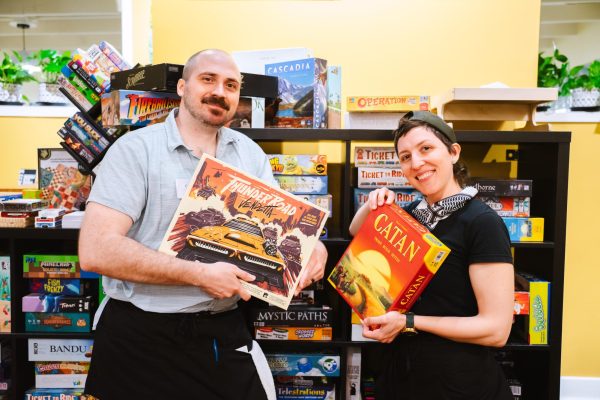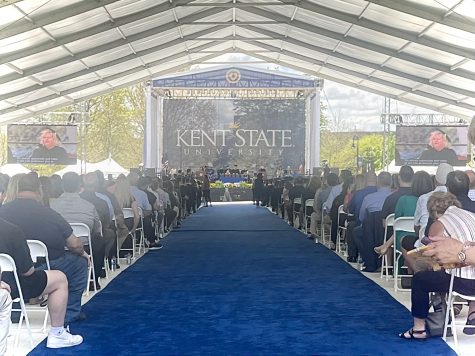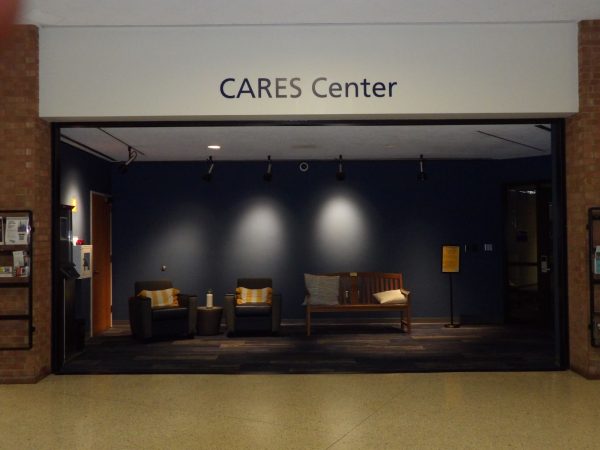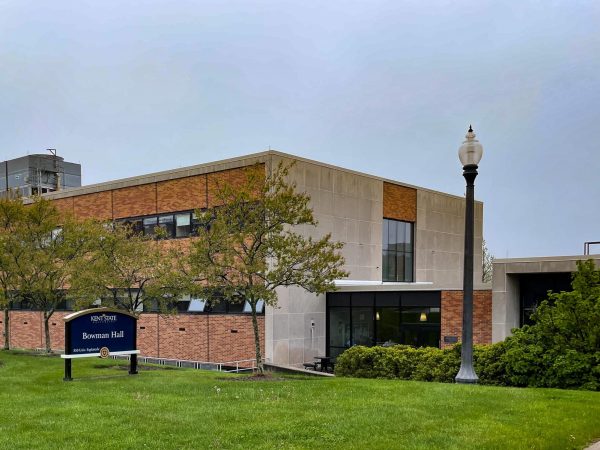Combat Robotics team continues to find success
March 29, 2023
The Kent State Combat Robotics team competed in a national tournament March 18 hosted by the National Havoc Robot League, in Norwalk, CT.
Combat Robotics is a safe, friendly and slightly chaotic iSport, where builders control robots equipped with weapons and defenses. This may be something recognizable from popular TV shows like “Battlebots” and “Robot Wars”.
“Combat Robotics in the most basic terms is Remote Control cars on steroids that beat each other up,” said Gregory Wenner, a junior Aerospace Engineering major and team treasurer. “We take the same components from high end RC cars and develop a method to protect it and a weapon to beat opponents, all within a weight limit.”
The National Havoc Robot League (NHRL) is the largest robot combat league in the world. It is hosted in person in Norwalk, CT, as well as streamed to fans all over the globe. The Kent State team has competed at multiple NHRL events and is happy to participate in another one.
“It’s very high energy and high stress, but it’s really an awesome creative outlet,” Wenner said. “Getting to watch what you spent all this time working on is awesome, it’s a great challenge for thinking on your feet, and a nice change of pace from school work.”
At the start of the semester the members of the Combat Robotics team weren’t sure whether they would be able to compete at any more events because of a lack of funding, but thanks to a generous donation from the NHRL, the team has continued competing.
Team president and senior Aerospace Engineering major David Dreyer was worried that the team wouldn’t have enough members to stay active when he took things over.
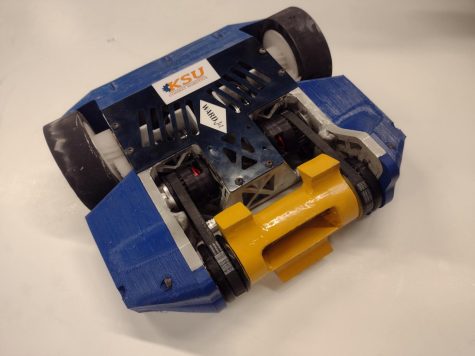
“Pretty much our whole team graduated, and I was basically the only one left,” Dreyer said. “Thankfully we have gotten a lot of new members. I am thankful for Greg and Austin and all the members of the club for all the work they have done to grow the club.”
Dreyer, who took over leadership of the team in 2022, thinks the team is extremely beneficial because it allows students a hands-on opportunity that they would not normally get from doing school work.
“You get to just do stuff,” Dreyer said. “You know you learn about these things in the classroom and it doesn’t really sink in until you actually get to do it. Stuff really starts clicking once you start to work on it and really get that experience.”
Many members of the team share the same sentiment as Dreyer.
The last event the team competed in was with a robot called Big-ish, a robot that team vice president and driver Austin Thebner says was not expected to go very far in the tournament.
“We kind of just went in preparing to get rid of all of our spare parts,” Thebner said. “We ended up qualifying for the finals, which was a miracle in itself. We did not do great in finals, but it was still a whole lot of fun.”
If the Combat Robotics team is something that interests you, but you are nervous about your knowledge on the subject or your mechanical skill, “don’t be,” Dreyer said.
“There is nothing to be nervous about,” Dreyer said. “No matter what background or major you are, come on out. I love having members from different majors because they always bring something new to the table and get really invested. If you are interested just show up to the meetings and dip your toes in. We aren’t going to bite.”
The Kent State team finished in ninth place out of 30 bots in their weight class. The team robot “Flash-BANG” went 2-1, with its only loss coming as a result of the judge’s decision.
If you are interested in learning more about the Combat Robotics team you can find out more at the Center for Student Involvement webpage.
Adam Kring is a reporter. Contact him at [email protected].













